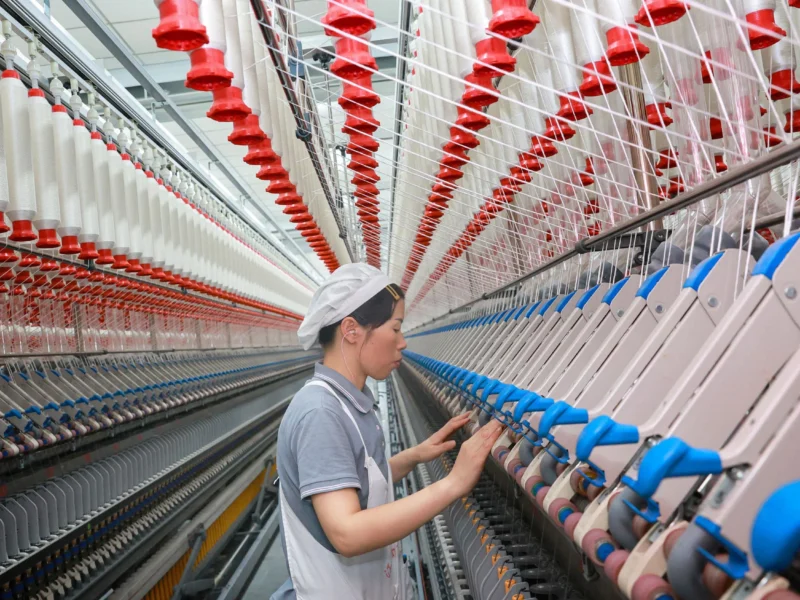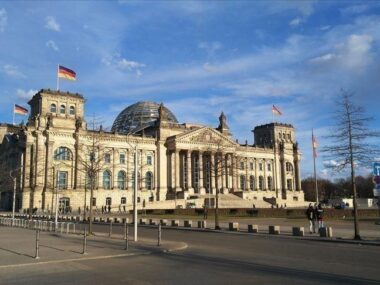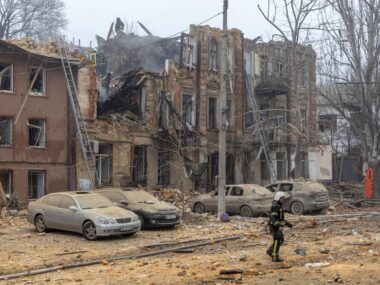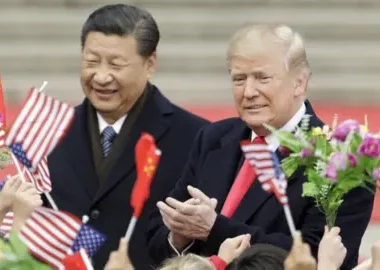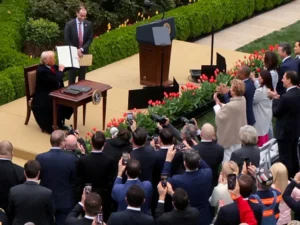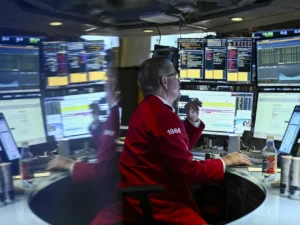China’s economy exhibited stronger-than-anticipated growth at the outset of this year, primarily propelled by robust expansion in high-tech manufacturing.
According to the National Bureau of Statistics on Tuesday, gross domestic product (GDP) expanded by 5.3% in the first quarter compared to a year earlier, surpassing economists’ expectations of 4.6% growth in a Reuters poll. This acceleration from the previous quarter’s 5.2% growth was welcomed by Sheng Laiyun, an NBS spokesperson, who commented during a Beijing press conference accompanying the data release that it lays a solid foundation for the year’s objectives. However, he also cautioned that economic stability and improvement remain somewhat uncertain.
The impressive industrial production growth of 6.1% in the first quarter, attributed mainly to robust advancements in high-tech manufacturing, contributed significantly to the overall economic expansion. Notably, the production of 3D printing equipment, electric vehicle charging stations, and electronic components experienced approximately 40% growth compared to the previous year. Recent official surveys indicated a resurgence in China’s manufacturing purchasing managers’ index (PMI), buoyed by increased overseas demand.
Despite setting an ambitious annual growth target of around 5% for 2024, concerns persist regarding weak consumer and business confidence, compounded by a sluggish real estate sector. In response, authorities have implemented interest rate cuts to stimulate bank lending and accelerated central government spending to bolster infrastructure investment.
Retail sales surged by 4.7% in the first quarter, driven by expenditures on sports and entertainment activities, tobacco and alcohol, and catering services. Meanwhile, fixed asset investment, including in factories, roads, and power grids, rose by 4.5% during the same period, with state-owned enterprises leading the charge, while private sector investment saw modest growth of only 0.5%.
Foreign investment in China experienced a notable decline of 10.4% in the first quarter, highlighting ongoing challenges in attracting international capital. Despite this, Chinese leadership, led by President Xi Jinping, has reaffirmed its commitment to sustaining healthy and sustainable growth, recently meeting with US CEOs and academics to encourage continued investment in China.
While China’s economy saw a marked improvement in 2023 with 5.2% growth, rebounding from a sluggish 3% in 2022 amid pandemic-induced disruptions, concerns persist over declining foreign direct investment due to regulatory uncertainties and economic outlook apprehensions.

